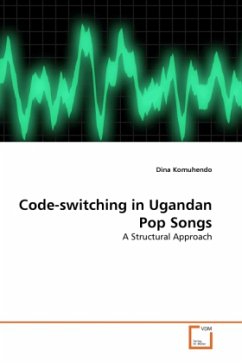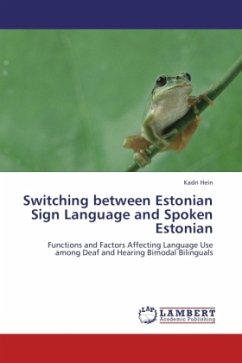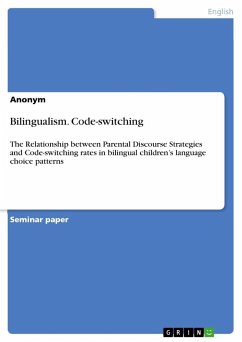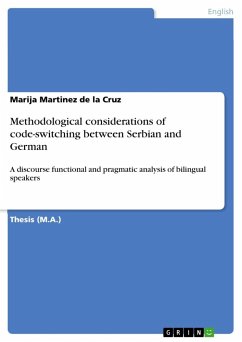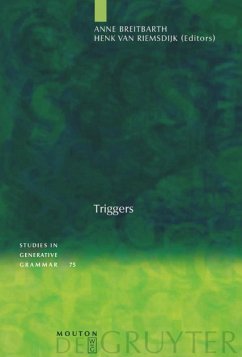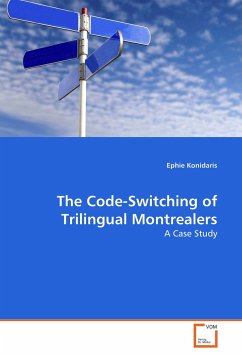
Triggers for Code-switching in Spoken Discourse
Tertiary Level Classes in Bangladesh
Versandkostenfrei!
Versandfertig in 6-10 Tagen
32,99 €
inkl. MwSt.

PAYBACK Punkte
16 °P sammeln!
The study finds out the triggers for switching from one language to another in the classrooms at the tertiary level in Bangladesh. It takes a closer look at the spoken discourse in the classroom situations where English is taught as a second language. It examines and presents data on the reasons behind the teachers'' and the students'' Bangla-English code- switch as well as presenting the percentage of the students'' frequency level for code-switching occurring in the classrooms. It also helps to find the fundamental trigger for code-switching. Code- switching is the central issue of bilingual...
The study finds out the triggers for switching from one language to another in the classrooms at the tertiary level in Bangladesh. It takes a closer look at the spoken discourse in the classroom situations where English is taught as a second language. It examines and presents data on the reasons behind the teachers'' and the students'' Bangla-English code- switch as well as presenting the percentage of the students'' frequency level for code-switching occurring in the classrooms. It also helps to find the fundamental trigger for code-switching. Code- switching is the central issue of bilingual research (Milroy, 1995, p. 7) and the study findings contributes more information on code-switching as well as adding valuable information regarding classroom management techniques, second language acquisition, discourse analysis, and bilingualism.




